Why Does Digital Printing on Plastic Packaging Bags Experience Color Variations? And How to Solve It
Digital printing has revolutionized the packaging industry, especially for plastic bags, providing businesses with high-quality, customizable designs at relatively low costs. However, one common issue that arises in digital printing for plastic packaging is color variation or color inconsistency. Even with advanced technology, achieving perfect color accuracy can be challenging. In this article, we will explore the reasons behind color discrepancies in digital printing on plastic bags and discuss effective solutions to mitigate these issues.
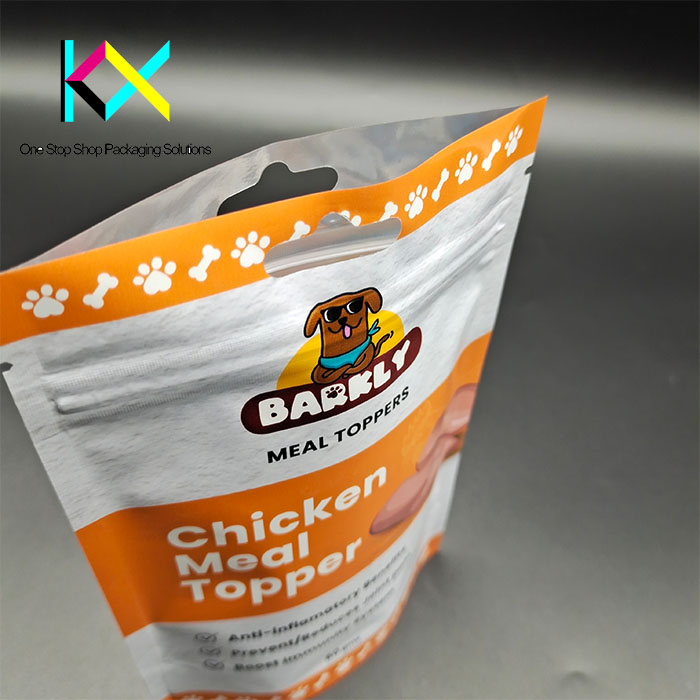
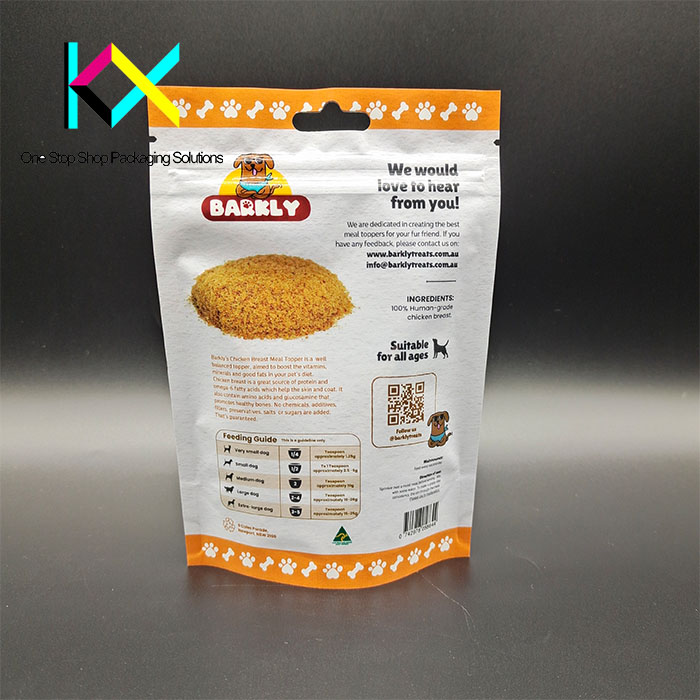
1. Factors Contributing to Color Variations
There are several factors that can contribute to color variations during the digital printing process on plastic packaging:
a. Printer Calibration and Profile Settings
One of the primary causes of color discrepancies is improper printer calibration. Each printer has its own color gamut, which is essentially the range of colors it can produce. If the printer is not correctly calibrated, it can lead to color shifts, making the printed colors appear darker, lighter, or more saturated than intended.
Moreover, ICC color profiles (International Color Consortium profiles) must be correctly set for both the printer and the substrate (plastic bag material). If there is a mismatch between the printer’s color profile and the substrate’s characteristics, colors may not appear as expected.
b. Type of Plastic Material
Different types of plastic materials used for packaging bags can absorb ink in different ways, which affects the final print quality. For example, polyethylene (PE), polypropylene (PP), and polyester (PET) all have distinct surface properties, which can lead to variations in how the ink adheres. Some materials may absorb more ink, while others may cause ink to sit on the surface, leading to inconsistencies in the printed color.
c. Ink Variability
In digital printing, inks are a critical component for color consistency. However, variations in the ink itself—whether due to different manufacturers, batches, or even environmental conditions—can contribute to color discrepancies. Pigment dispersion, ink viscosity, and even the storage conditions of the inks can all have an impact on color accuracy.
d. Printing Speed and Environmental Conditions
The speed of the digital printer and the environmental conditions (such as temperature and humidity) also affect the quality of the printed colors. A printer running at a higher speed can cause uneven ink distribution, leading to color shifts. Likewise, if the printing environment is too warm or too cold, it can affect how the ink interacts with the plastic surface, resulting in color variations.
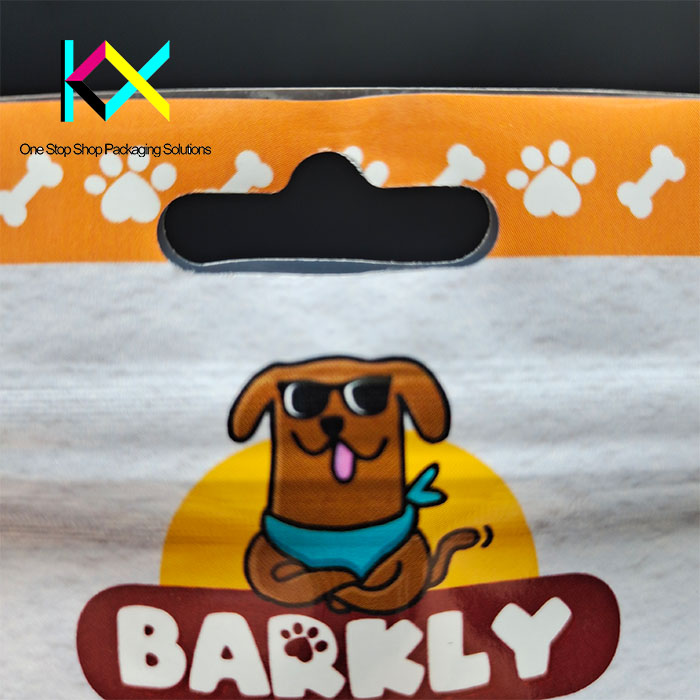
2. Solutions to Solve Color Variations in Digital Printing on Plastic Packaging Bags
Fortunately, there are several effective solutions to minimize and resolve color inconsistencies in digital printing for plastic packaging bags:
a. Regular Printer Calibration and Profile Management
To ensure consistent and accurate colors, it is crucial to regularly calibrate the printer and maintain the correct color profiles. Printer calibration should be done frequently to account for changes in print head performance and environmental conditions. Additionally, updating and managing ICC color profiles for both the printer and the material can help maintain color accuracy. Using color management software can also optimize this process, ensuring that colors are reproduced consistently across different production runs.
b. Choosing the Right Material for Printing
When selecting plastic packaging materials, it is essential to choose a substrate that is compatible with digital printing inks. Surface treatments such as corona treatment can be used to improve ink adhesion to plastic surfaces, reducing color inconsistency. Additionally, working closely with suppliers to understand the exact properties of the material will help ensure that the ink behaves as expected during the printing process.
c. Using High-Quality Inks and Maintaining Consistency
Using high-quality, consistent digital inks is crucial for achieving accurate colors. Manufacturers should invest in inks from reputable suppliers and ensure that they are stored properly to avoid any changes in ink quality. Additionally, conducting tests on different batches of ink before a large print run can help avoid unexpected variations.
d. Printing Environment Control
To achieve the best results, maintaining a controlled printing environment is essential. This includes regulating the temperature and humidity levels in the printing room. Ensuring that the printer operates at an optimal speed and that the material is kept at the right temperature before printing can significantly reduce the chances of color discrepancies. Implementing automated systems to monitor and adjust environmental conditions can also help maintain consistency across production runs.
e. Color Proofing and Sample Approvals
Before mass production begins, it is essential to conduct color proofing and approval processes. A digital proof or a sample print on the actual plastic material can give a clear idea of how the final print will look. Color matching software and Pantone color references can be used to ensure that the colors are accurate before proceeding with large batches. Customer approval of these samples is a critical step to prevent color-related issues in the final product.
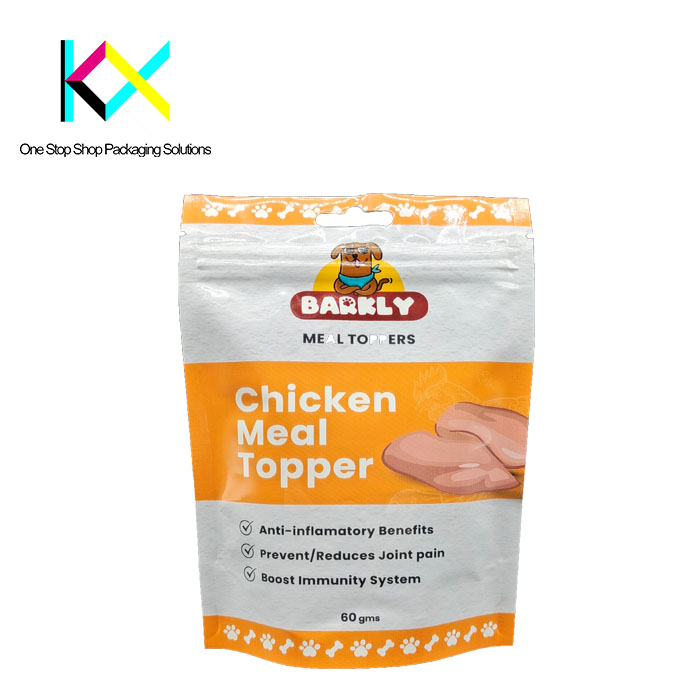
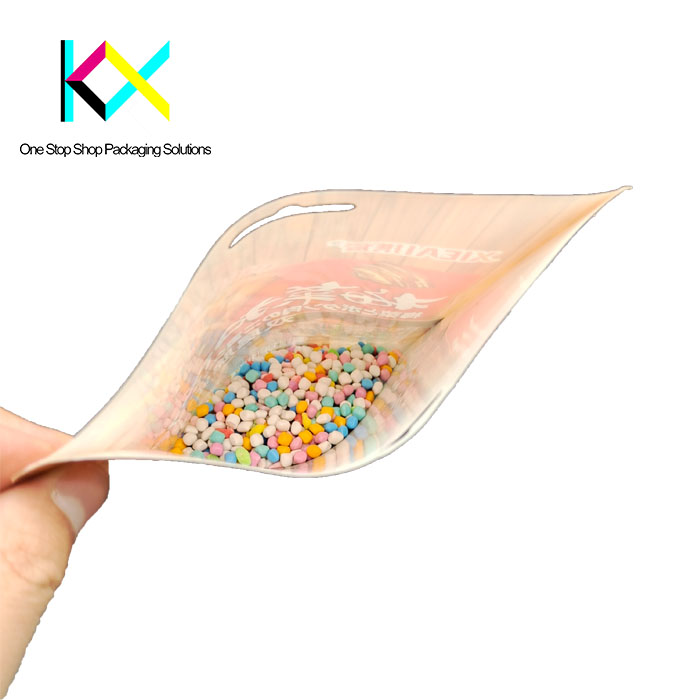
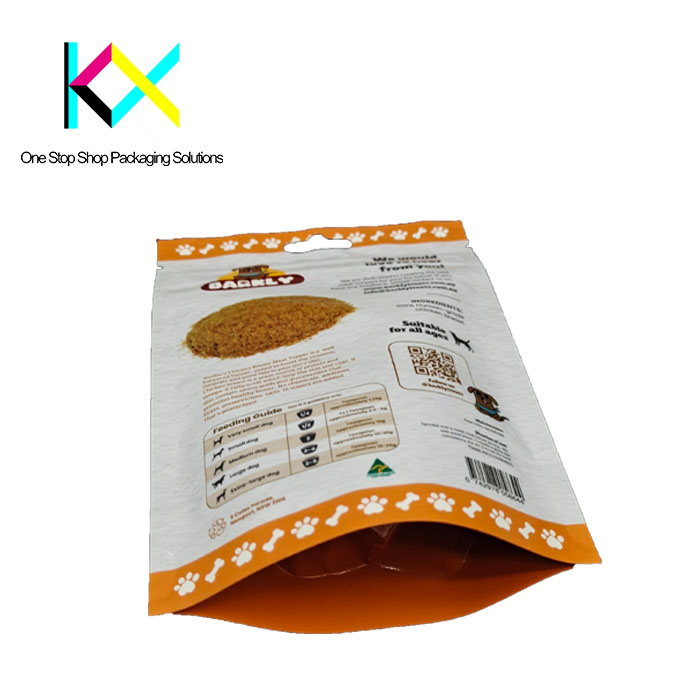
3. The Role of Digital Printing Technology in Color Accuracy
Digital printing technology offers many advantages over traditional printing methods, such as flexibility, customization, and the ability to handle small print runs. However, to fully leverage these advantages while maintaining color consistency, it is essential to use the latest advancements in inkjet printing systems, color management software, and automated calibration tools.
Digital printers equipped with variable dot printing technology allow for finer control over the ink deposition, resulting in better color reproduction. Moreover, digital printing can easily accommodate custom designs, variable data, and smaller print runs, giving brands more freedom to experiment with color without incurring high costs.
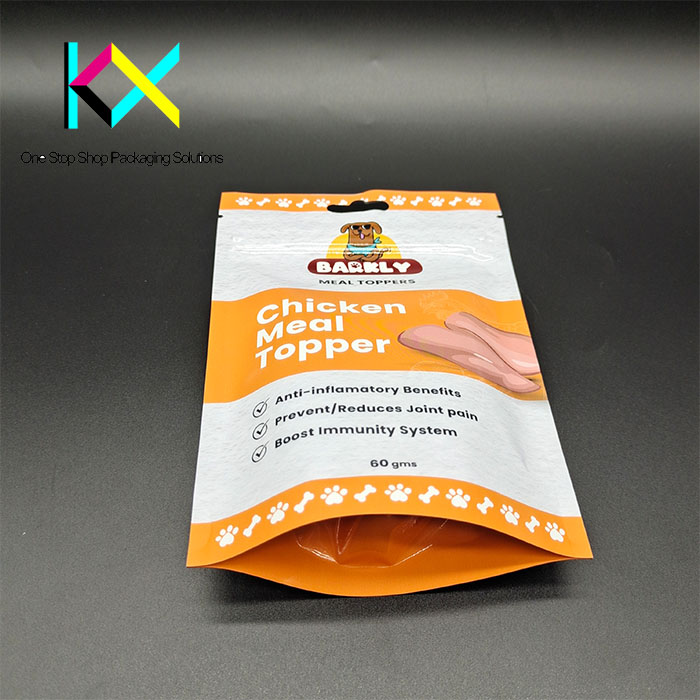
Conclusion
Color variation in digital printing on plastic packaging bags is a common challenge, but it is not insurmountable. By addressing key factors such as printer calibration, material choice, ink quality, and environmental control, businesses can minimize color discrepancies and achieve consistent, high-quality results. Additionally, the flexibility and precision of digital printing make it an ideal solution for companies looking to create vibrant, customized packaging designs with accurate color representation. By implementing these best practices, packaging companies can ensure their printed plastic bags meet both aesthetic and functional requirements while maintaining brand integrity.
You can visit our website to know more about our flexible packaging pouch:
